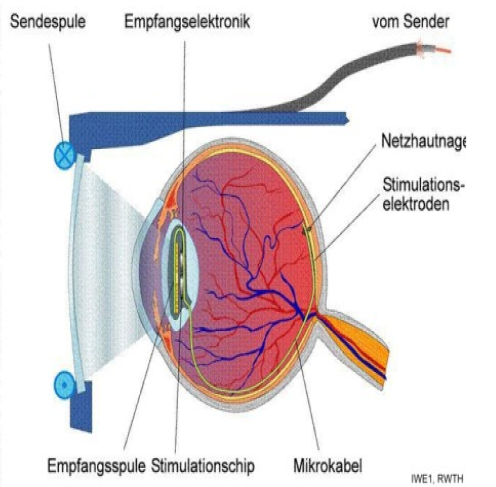
Nano technology makes it possible to produce materials and structures on the basis of silicium, whose property of absorption can be adjusted and manipulated. This means one can profit from the properties of ultrathin silicium layers with a thickness of less than 10 billionths of a metre (10 nm), which differ fundamentally from regularly used silicium solar cells due to confinement effects.
In this way it is possible to produce solar cells by the means of vertical stacking of ultra thin layers (see picture), which absorb a much higher proportion of the sunlight spectrum than conventional solar cells based on silicium thick-layer cells with “classical” pn-transition. The higher absorption capacity causes a more effective transformation of sunlight into electrical power and hence a higher electrical terminal voltage at the tandem solar cell. In theory, the amount of irradiated sun energy transformed into electrical power could increase from 44% to 66%. This data shows that the procedure is 2 to 3 times more effective than those which are being currently used.
In the context of the BMBF-cooperative project being carried out at the institute of semiconductor electronics at RWTH Aachen, SINOVA thin silicium layers are integrated into alternative lateral Si-quantum-layers solar cells nano-technology procedures (see picture), which clearly demonstrates the desired increase of electrical output voltage. This forms the foundation of maximum efficiency solar cells in the future.

Detailed information on Thin Nano-Structured Silicon Films can be found on the Projectwebsite
